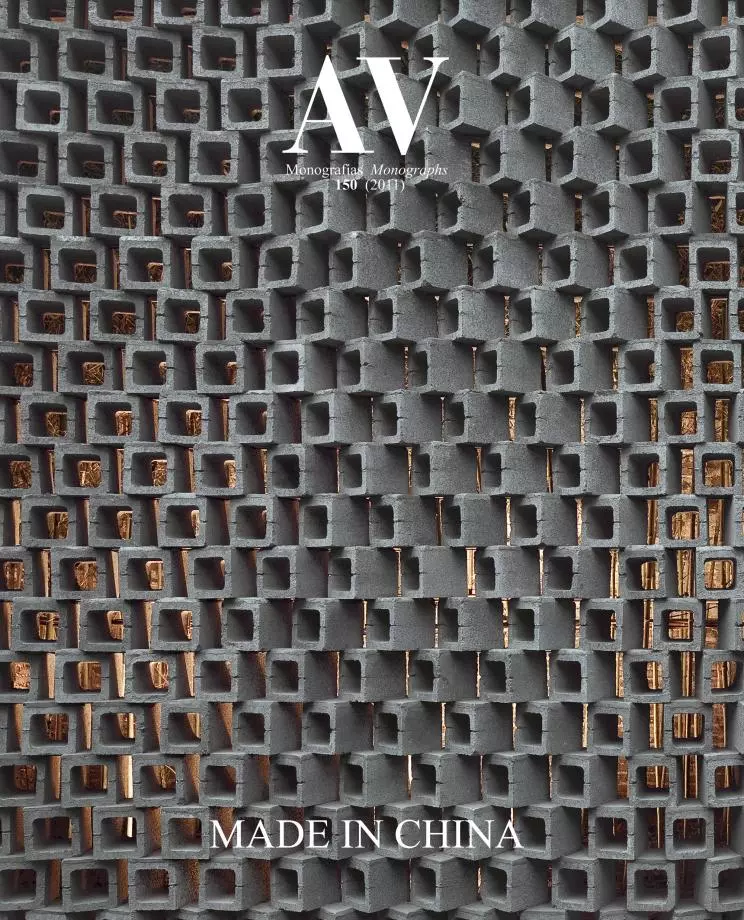The Presence of Foreign Architects

Since 1978, the reforming and open policy has led China to a golden rush of economic development and a fast process of modernization and urbanization. China has become the biggest building site in the world, and attracted many foreign architects to the country of the dragon. Among the foreigners there are not only big architecture offices, but also small ateliers and star architects. They come to China and make contributions to the Chinese market of urban construction. Some of them are directly commissioned, some are through competitions, and some are in collaboration with Chinese colleagues. Today when you travel in China, you can see many buildings designed by foreign architects, not only in the big cities like Beijing, Shanghai, Guangzhou, Shenzhen etc., but also in remote small places.
The existence of works by foreign architects in China or for China is not a recent phenomenon of the last thirty years. It can be traced back in the history of China, for example, the White Pagoda in the Miaoying Temple in Beijing, which was built in 1271, was designed by the Nepalese architect Anika. In Shanghai, most of the preserved buildings along the Bund were designed by foreign architects in the 1910s. In the late 1910s the American architect Henry K. Murphy designed the old campus of Tsinghua University, including the Auditorium, the Library and the Gymnasium. In the 1950s architects from the former Soviet Union have also designed buildings for China such as the Beijing Exhibition Hall and the Sino-Soviet Union Friendship Hall in Shanghai. The abovementioned are a few examples of works by foreign architects in China, but the large number of foreign architects coming to China in the last thirty years is an unprecedentedly great occasion, it has never happened in the whole of Chinese history.
We can generally divide the activities of these architects into two periods. One is from 1978 to 1998, the other is from 1998 to today, or from the beginning of the 21st century to now. In the first stage, China received the first batch of foreign architects from Southeast Asia, Japan and the United States. At that time, the Chinese didn’t have expressways, hadn’t heard about supermarkets, and didn’t know what the word ‘tax’ meant. The whole country was closed to international trade and everything was under the control of the Planned Economy. Now the door is open, but everything is under development. In this very first stage came the foreign investors, most of them foreign citizens of Chinese origin from Hong Kong, Southeast Asia, Japan and the United States. They invested in hotels, office buildings and other facilities concerning the communication between China and abroad. The architects are also from these regions, they are partners of the investors and their projects in China were directly commissioned by the investors. Hotel buildings designed mostly by American architects belong to the earliest works of foreign architects in China, among them the Fragrant Hill Hotel (1982) in Beijing was designed by the Chinese-American I. M. Pei.
From the 1990s on, with the increasing frequency of contacts between China and the world and the growth of economic prosperity, China sped up its modernization. Besides building infrastructures, hotels, office buildings etc., the architectural activities of foreign architects covered the design and planning of large scale commercial centers, fair and convention centers, airports, financial buildings, industrial parks etc. During this late part of the first stage, Chinese cities expanded not only horizontally, but also vertically, and many high rise buildings designed by foreign architects became city landmarks. During this period, architects from the United States played an important role. The representative buildings by foreign architects are the following: the Industrial and Commercial Bank of China in Beijing by SOM, the Sino-Japan Youth Communication Center in Beijing by Kisho Kurokawa, the Shanghai Commercial Center by John Portman, the Shanghai Grand Theater by Jean-Marie Charpentier and the Shanghai Jinmao Tower by SOM...





